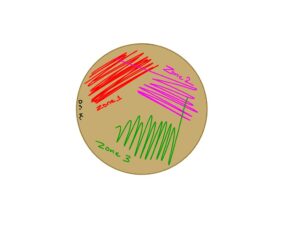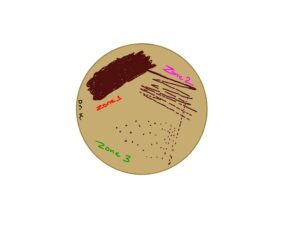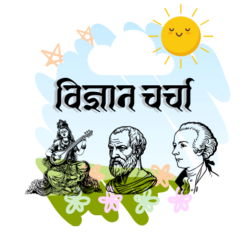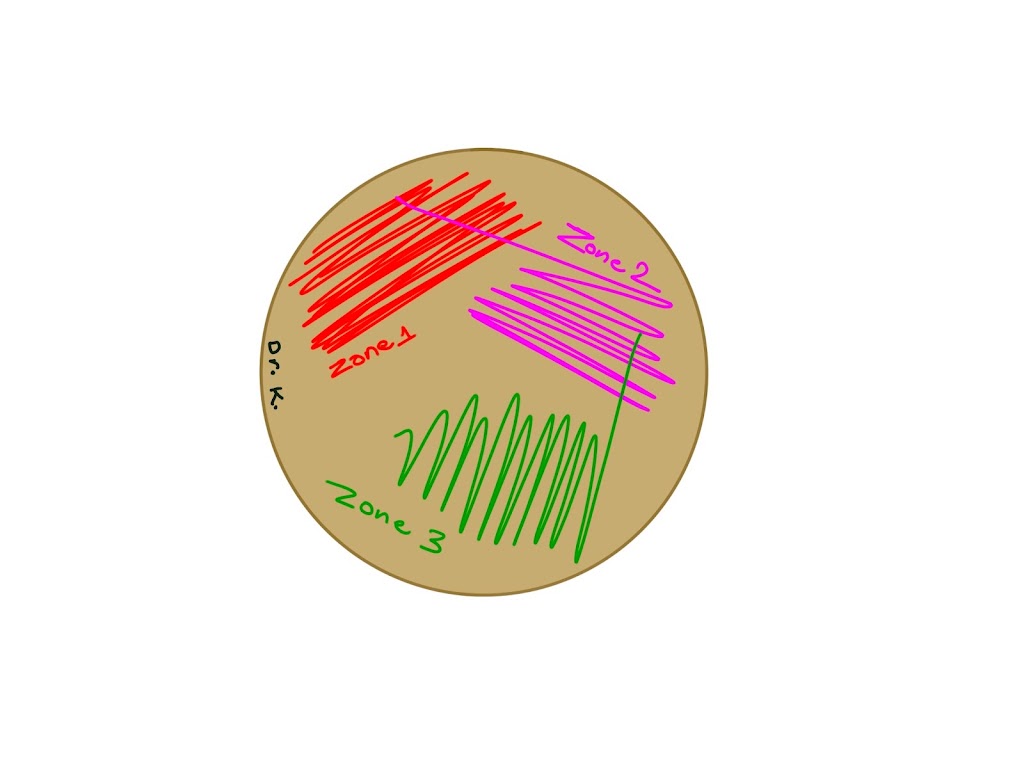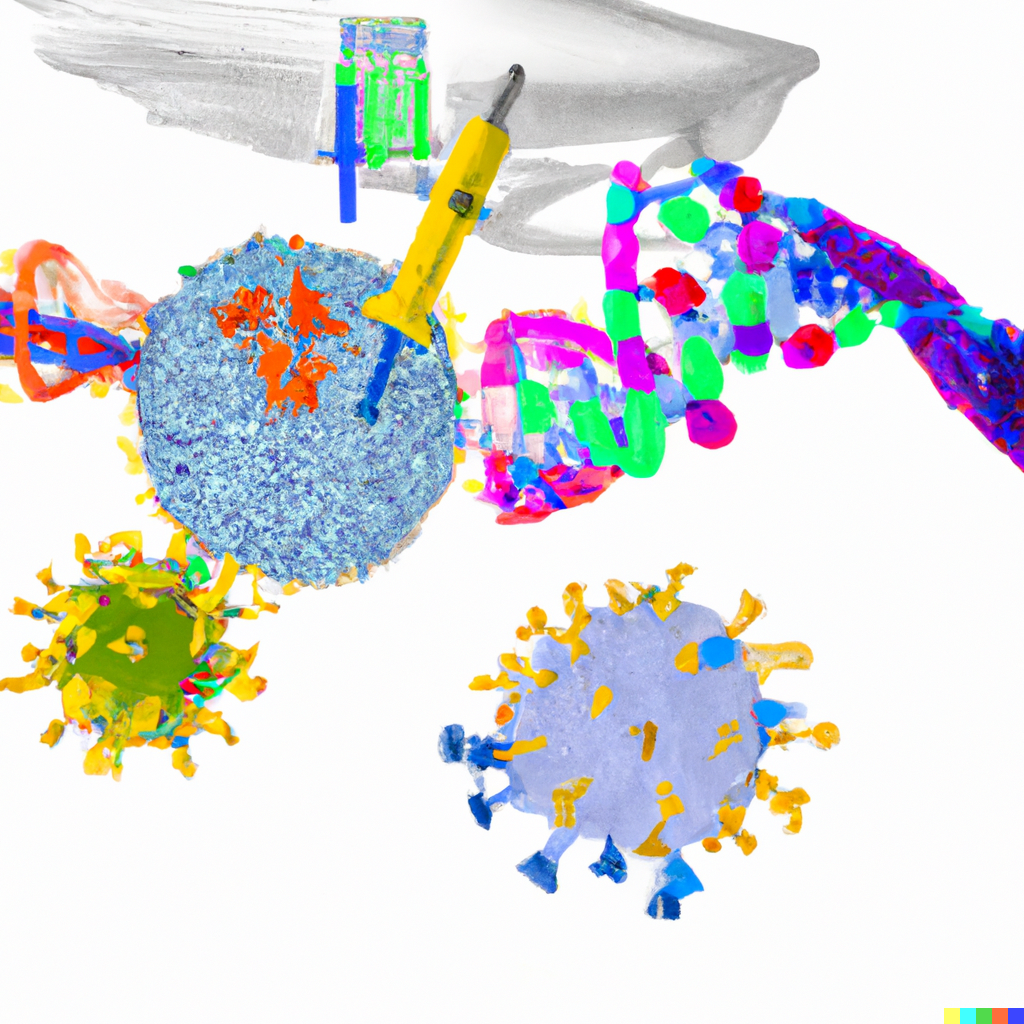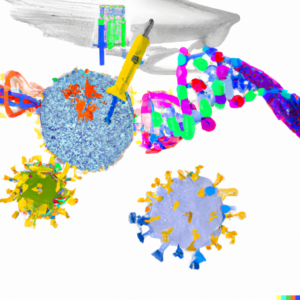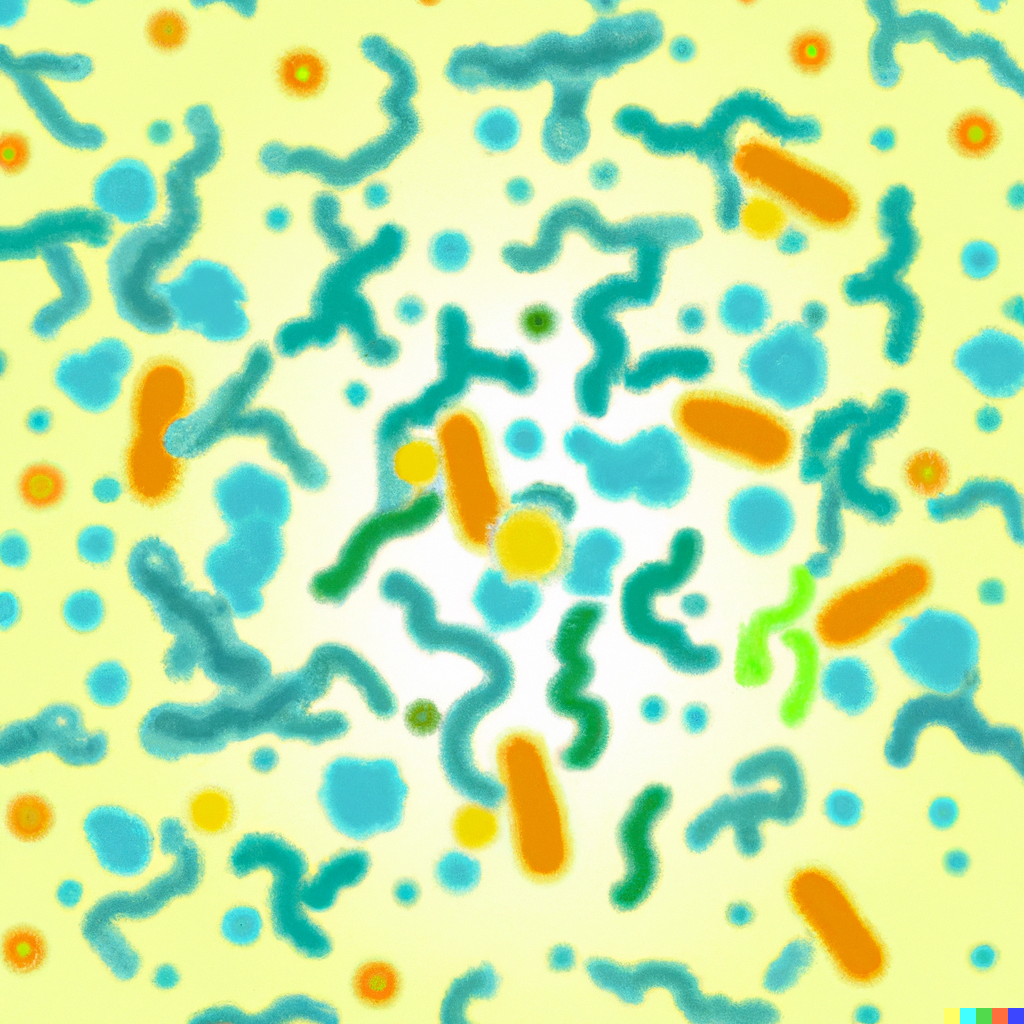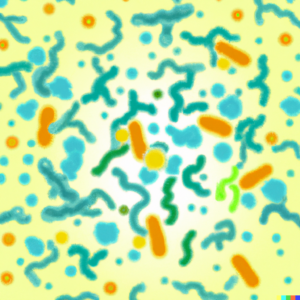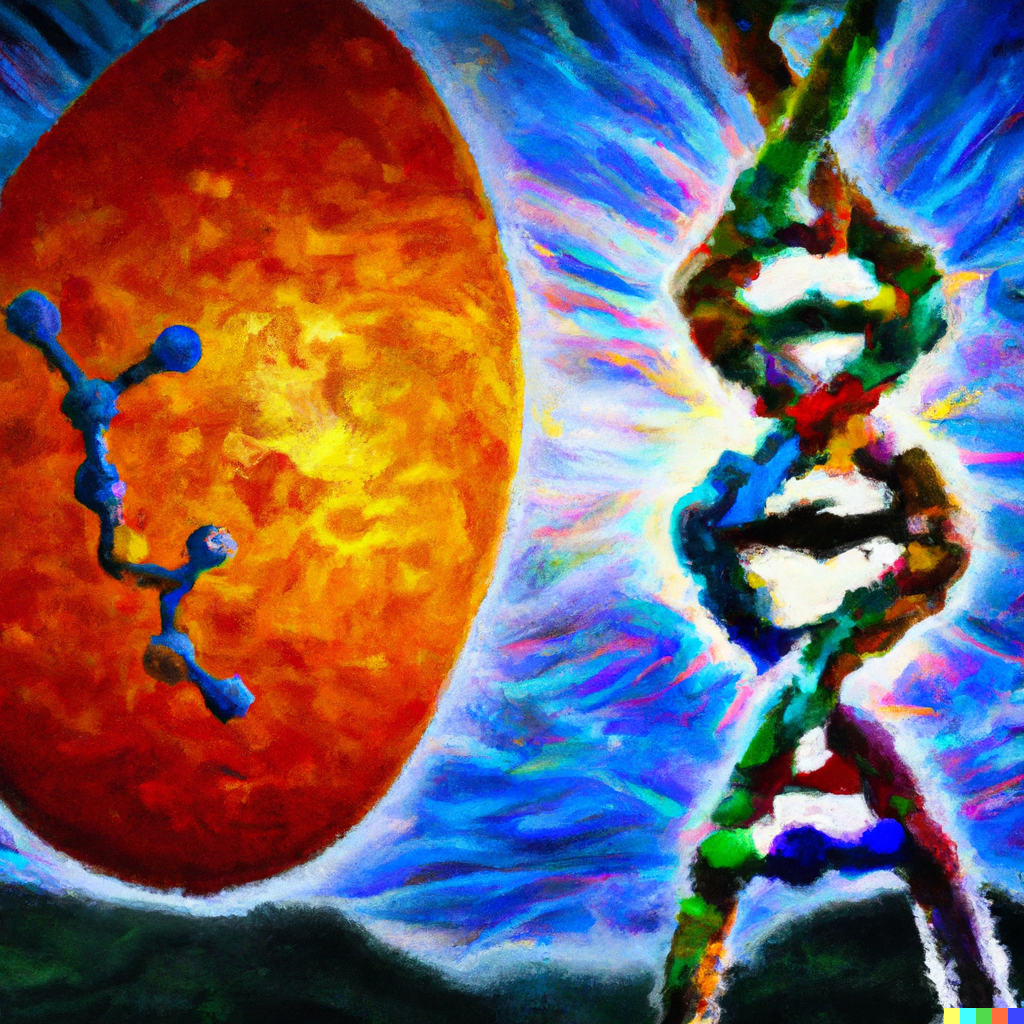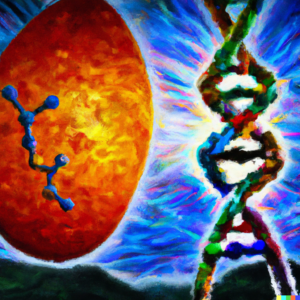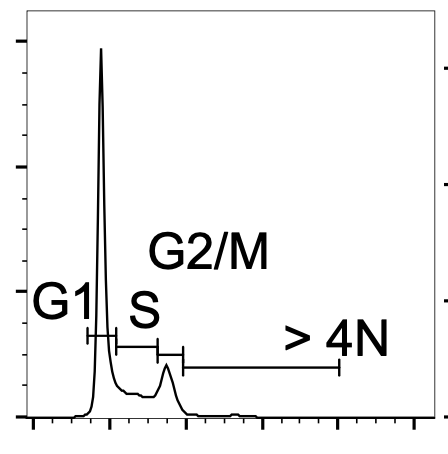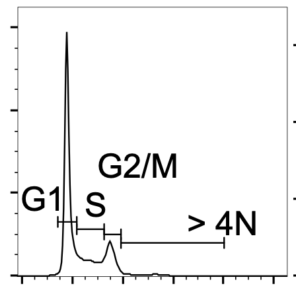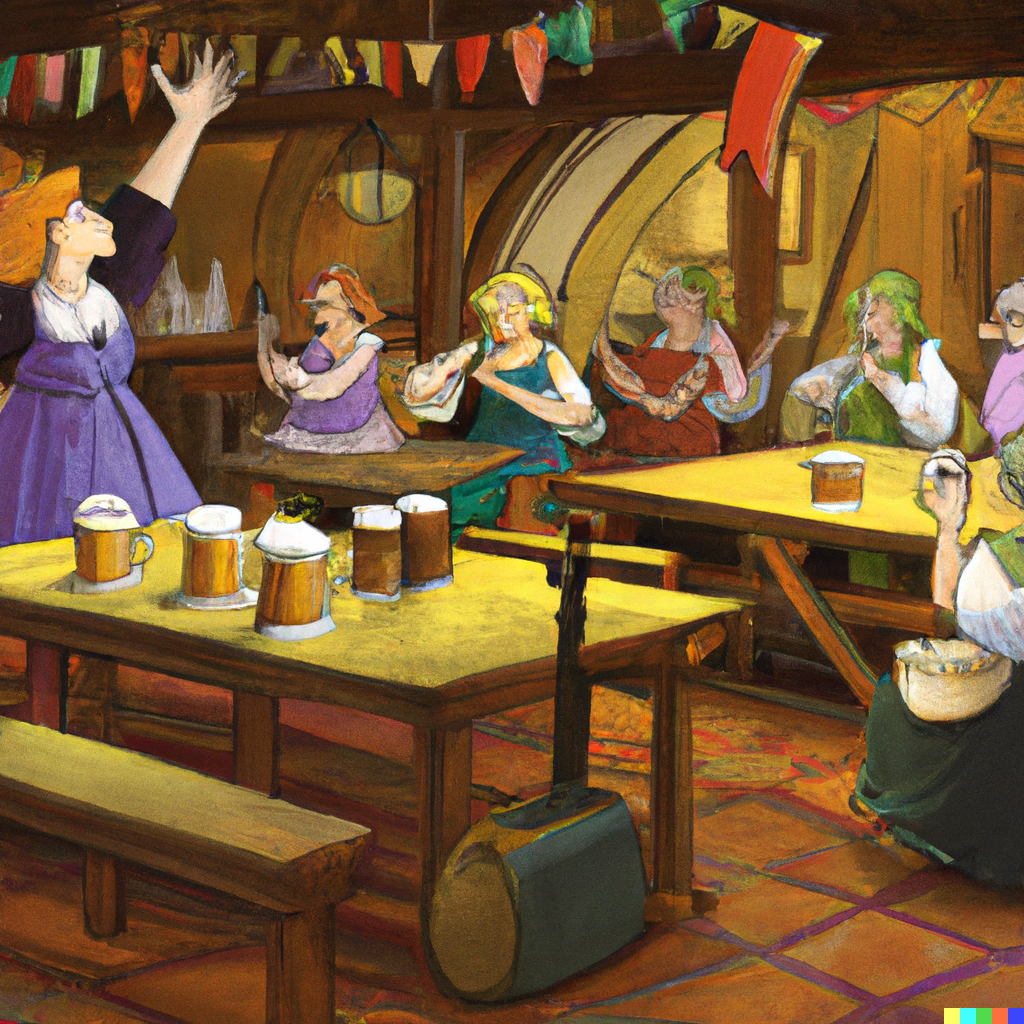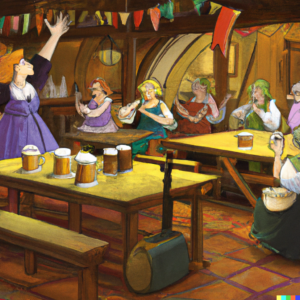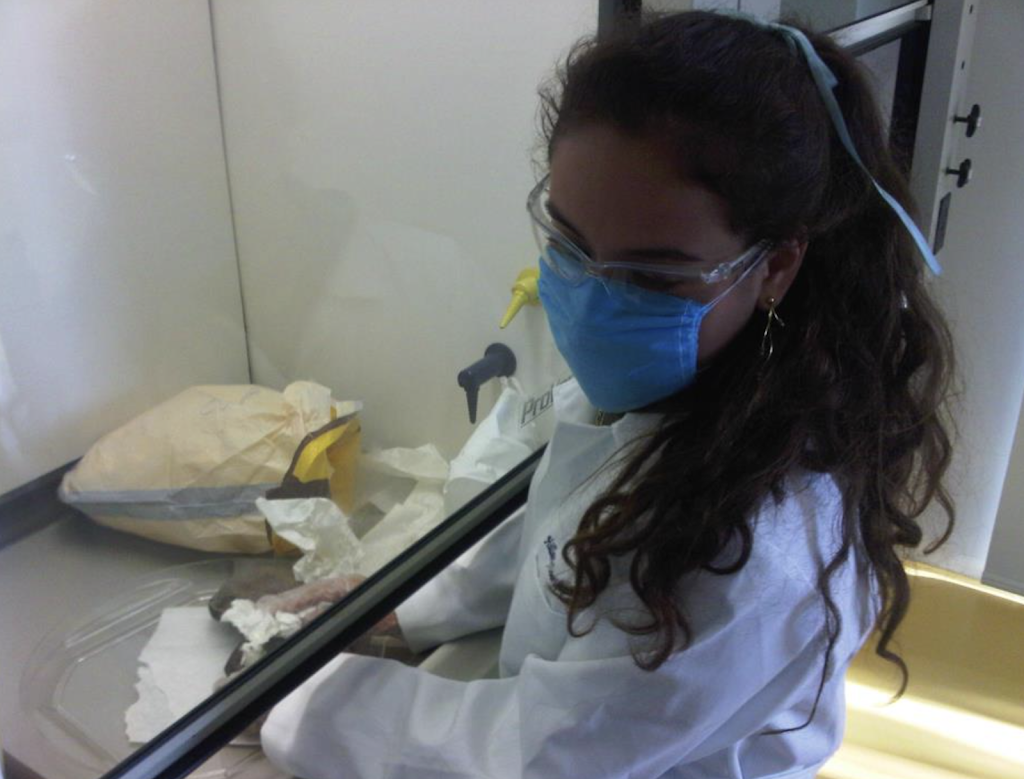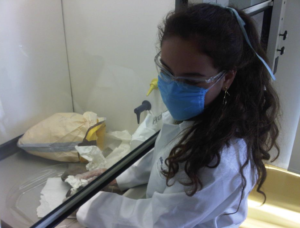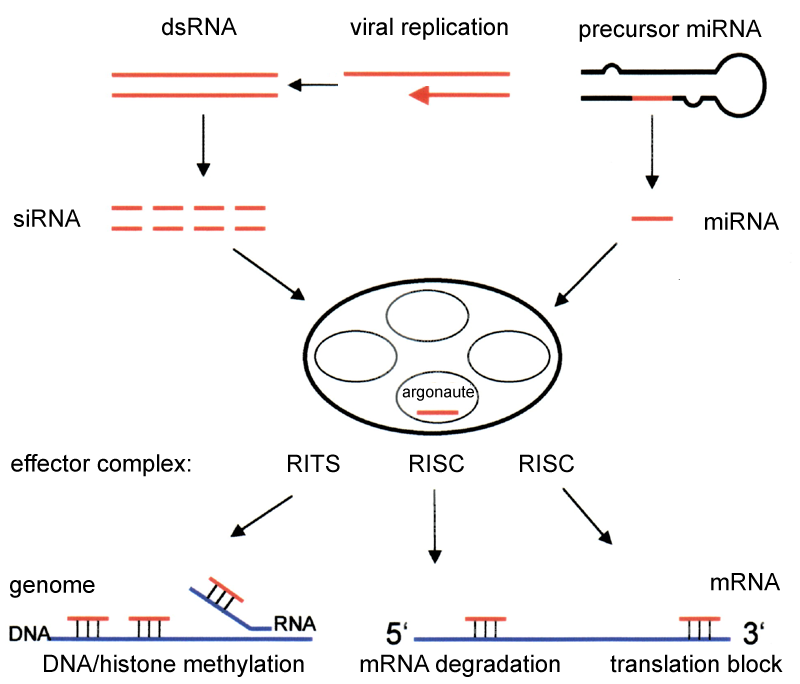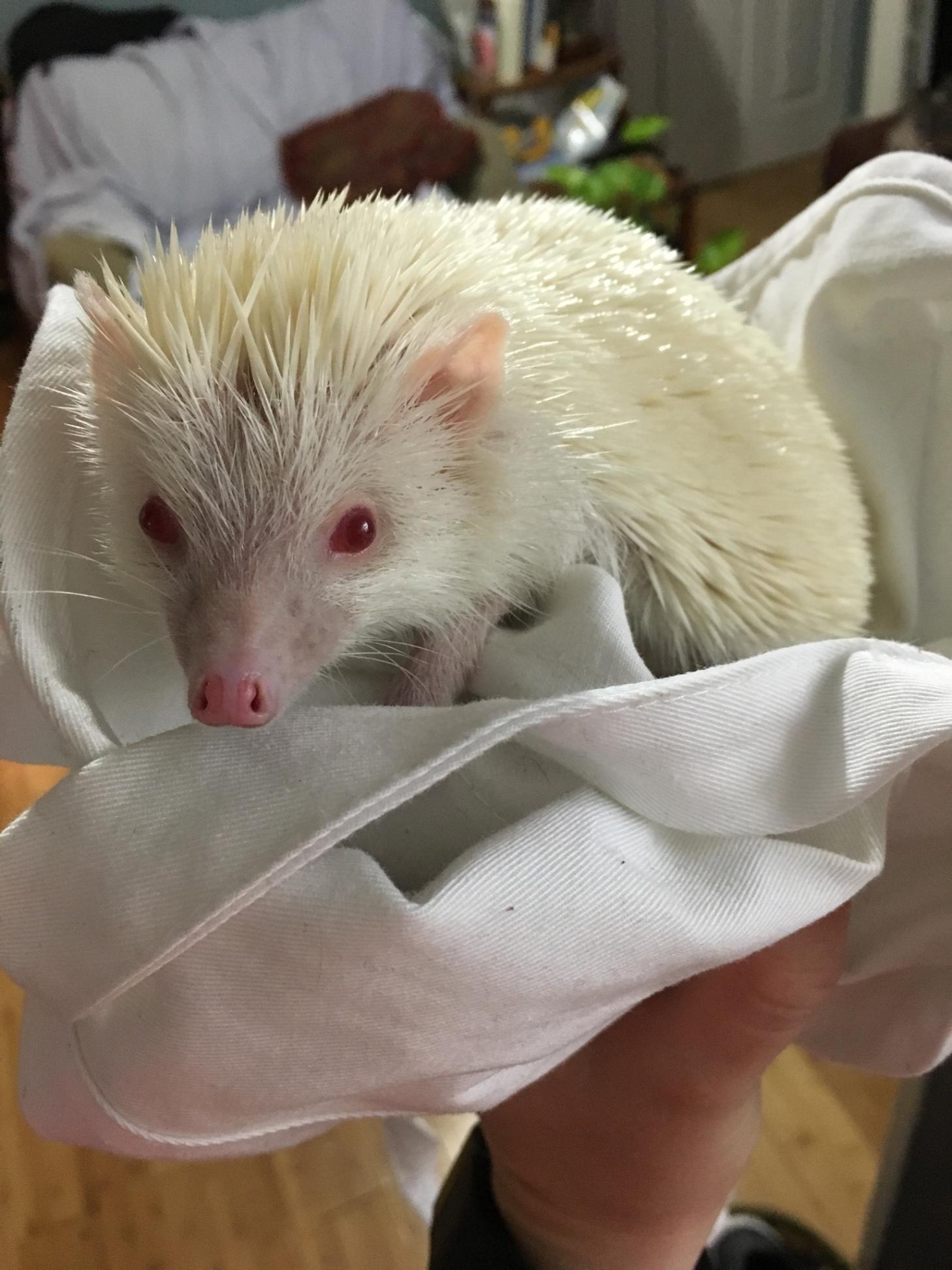Science is not a new term for most of us. We are familiar with what our high school teacher taught in our 7th-grade science class. Many of us still remember the F=ma equation or Newton’s laws of motion from our high school science or, in my case, the term prothallus. Loosely speaking, the science we were familiar with was about knowing new cool (and uncool) things.
The high school science book was rife with new information. In more pedantic terms, it was full of knowledge. Do you know the exact number of chromosomes an onion cell has? Thanks to the science book, you know the answer. How about mitosis? You know all the steps. Thanks to the science class you took.
How was science we learned in high school different than any other subject? Strangely enough, social studies, history, economics, and grammar books also had a lot of information we had to learn. In fact, you could learn much practical knowledge that directly supports your everyday living. If science were all about knowing things and gaining knowledge, why is history the history and not science? How is understanding bacterial DNA replication different from learning about medieval city sewer systems? In both instances, you peruse textbooks for well-established information to gain knowledge and know something at the end.
The science we were taught in our high school was not science but a lot of information. Or in other words, the science we were taught was a lot of knowledge derived from science. You may ask, so science and knowledge are two different things?
Science is not knowledge, although science is based on some preexisting knowledge. Science is the process that gives birth to knowledge in the foundation of preexisting knowledge. This process of giving birth to knowledge is a very technical stepwise process. It must have the following steps.
1. You observe “something.”
2. You wonder about “something.”
3. You make the best guess to explain a phenomenon about “something.”
4. You test your guess by (a) experiment(s)
5. If your guess is accurate, you just gave birth to the knowledge of the phenomenon of “something.” If your guess is not correct, you repeat with your second best guess.
6. Have someone give feedback on your work
Let’s talk about each step with an example.
In a simple sense, the term observation means getting some idea about an object using our sensory abilities. You see and hear things; you can taste, touch and smell to get some sense of an object you are observing. So the scientific process begins when we begin to sense something through sight, touch, smell, sound, and taste.
For example, you saw a strange-looking insect on your way back from school. It has spots on its body, has some spikes, and gives you an impression of a caterpillar. In this example, you observed the insect with your eyes and used your preexisting knowledge of what insects would look like to guess that the insect in front of your eyes could be a caterpillar. At this point, your guess is the most accurate identification of this creature. However, it is very possible that the insect you just saw could be just a worm or any other random creature but not a caterpillar.
Next, you want to test if this creature is a caterpillar. You collect this caterpillar and put it in a mason jar, and create an environment for the caterpillar to thrive. If it is a caterpillar, you expect it to metamorphose into pupae and eventually a butterfly. This is what an experiment is. You are testing your guess whether it is right or wrong. In the scientific world, the best guess is often called a hypothesis. So you test your hypothesis with an experiment.
After your experiment, you have two conclusions: either your guess is right or wrong (or its validity depends on the experimental condition). If the insect metamorphoses into a butterfly: you can be certain that the insect you saw on your way back home is, in fact, a caterpillar. What if the insect did not metamorphose into a butterfly? If you reach out to preexisting knowledge to learn the characters of worm and caterpillar. Suppose you have provided all the conditions a caterpillar needs to metamorphose into a butterfly, and still, your insect is cylindrical-looking and wiggly. In that case, you can be certain that the insect is NOT a caterpillar. Could it be a worm, then? You do another set of experiments to verify if your guess is correct.
Science lies on the foundation of knowledge generated from our physical senses.
In conclusion, science is a process that generates knowledge about various things. It begins with mere observations and builds upon itself to create a complex set of knowledge.
Hope this write-up was helpful. Let me know your thoughts below in the comment box.
